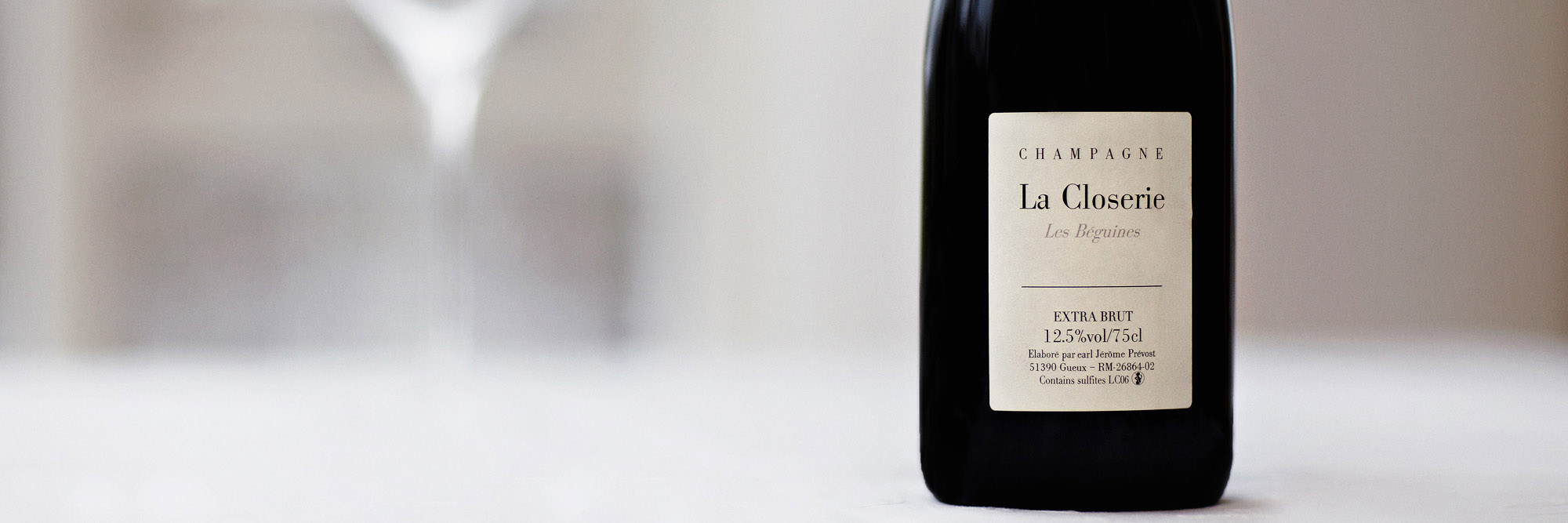
Champagne has long been dominated by a small number of large houses with strong distribution networks. Though many own vineyards, most also buy fruit in from growers who farm and pick the grapes, selling the fruit before it is turned into wine. Since the turn of the century, however, many of these family farms, often due to new generations coming through, have turned their hands to making wine rather than selling fruit. These Grower Champagnes have become a category in their own right, typically made from riper fruit with lower dosage, they bring something new and exciting to the region. Production is much smaller and terroir-focused, with producers making cuvées by site, creating wines coveted in a similar fashion to top Burgundy. As William Kelley puts it in the Wine Advocate: "The best growers and the best houses have championed a more thoughtful approach to agronomy, privileging living soils, controlling yields and managing canopies to produce riper grapes that retain better levels of acidity, making for more vibrant and intensely flavored wines less dependent on added sugar." The styles can vary drastically, not only in dosage but in varieties used, ageing (be it oak, steel, bottle or amphoras), use of soleras, and ripeness of fruit. The kaliedescopic range truly has something for everyone. Below we have created a selection of just some of our favourites for you to discover.
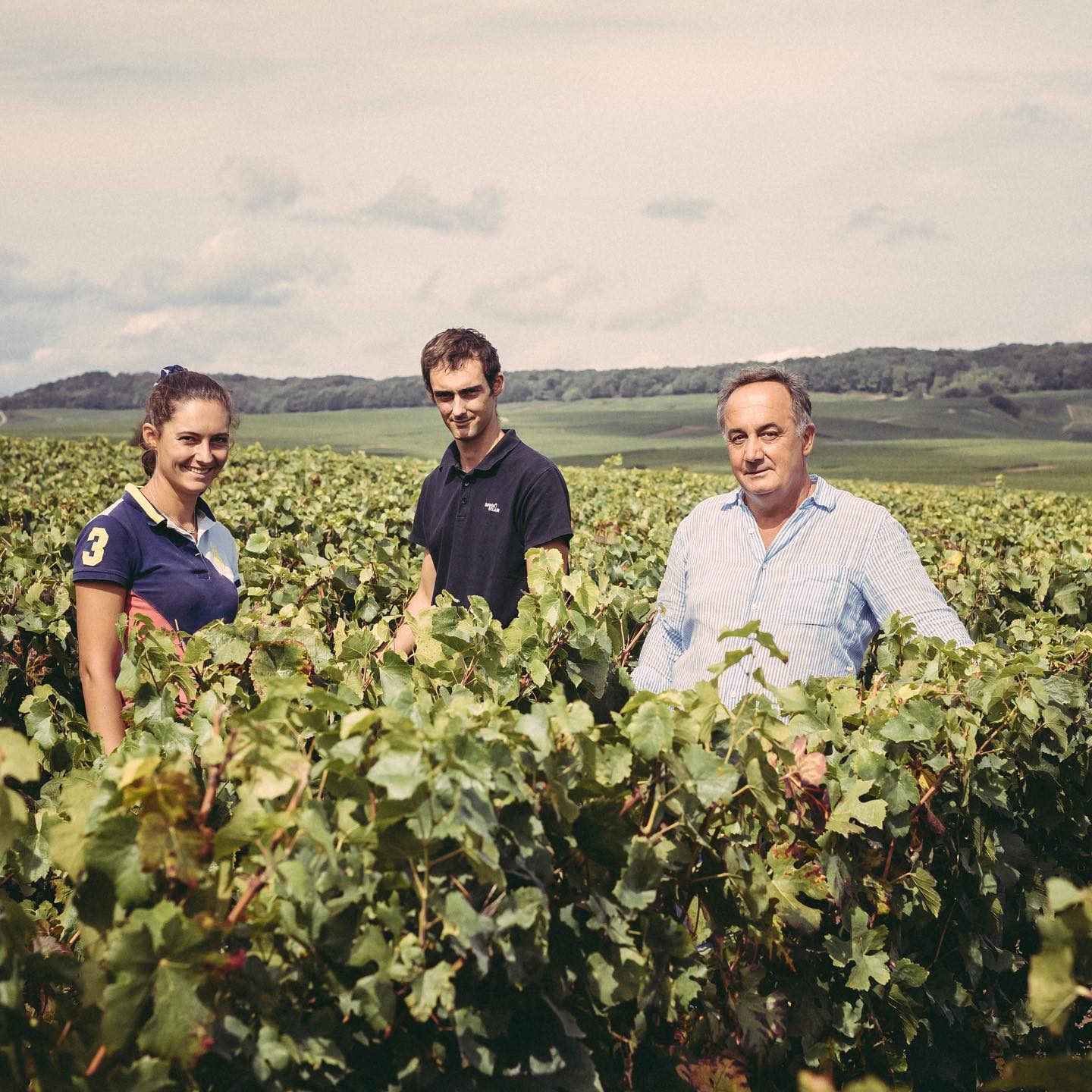
Francis Egly is a perfectionist; that is evident from the moment you step foot in the winery in Ambonnay. Starting from humble beginnings in the 1980s, everything earned here is reinvested to make the best wines possible, from the press, to the cooling systems and the use of new oak barrels to age the wines. His meticulous nature applies just as much, if not more, to the vineyards. Francis and his team spend most of every day outside, making sure the plants produce the best grapes. The results are evident in the glass, from the Grand Cru all the way through to the spectacular Millésime and Blancs de Noirs Vieilles Vignes. William Kelley has awarded him multiple 100 point scores in the Wine Advocate, and it is easy to see why. The hidden gem is the VP (Vieillissement Prolongée), which is a rich, powerful Champagne of impeccable balance thanks to its extended ageing. Kelley says "I drink Egly-Ouriet very regularly indeed—the Extra Brut V.P. is one of my house wines—and I continue to be amazed at the reasonable tariff such artisanal craftsmanship commands in a region where those qualities remain hard to come by." Collectors would do well to heed this advice. You can read more about Egly Ouriet in Thomas Parker MW's blog.

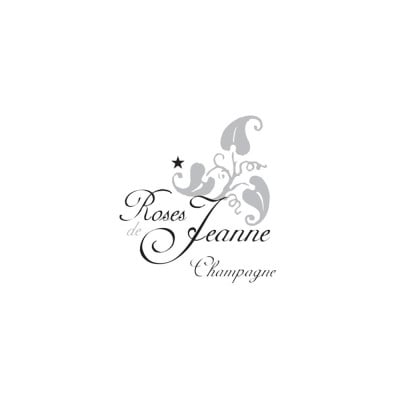
Cedric Bouchard of Champagne Roses de Jeanne is one of the region’s most avant-garde producers. The former sommelier is a man of few words who avoids the limelight, basing himself in the formerly unfashionable area of the Côte des Bar in pursuit of making the finest Champagne possible. Starting with just over a hectare of Pinot Noir in lieu-dit Les Ursules gifted to him by his father, he produced his first vintage in 2000, and has been resolute in his approach since day one.
Deeply influenced by Burgundy, every wine is single varietal, single site and single vintage. Farming is organic and he scrupulously restricts yields to less than 50% of his neighbours. Only using the coeur de cuvée of the first pressing, no oak is used for ageing, and there is minimal dosage if added at all. Cedric even goes as far as questioning the bubbles in Champagne, bottling at just four bars of pressure than the usual six. The results are truly extraordinary. As penned by William Kelley for Wine Advocate these are"among France’s most singular and exciting wines.”
A number of his small production cuvees Les Ursules, Val Vilaine, Presle and Côte de Bechalin are all pure Pinot Noir, with a Blanc de Blancs La Bolorée and a Saignée Rosé in the range too. A new cuvée RDJ NO.1 released in 2023 was awarded 100 points by William Kelley in The Wine Advocate. A wine inspired by his mother-in-law, Bouchard selected his favourite vat and opted to bottle it without disclosing its origins or grapes. With Cedric, it’s terroir that trumps all else.


Husband and wife Eric Dhondt and Edith Grellet used to sell the grapes from their 2ha of vineyards to negociants, but in the late 1980s they decided to start bottling their own wines. Prioritising ecological farming from the very beginning and holding back 30% from their first vintage in 1986 for the reserve, much acclaim came to the domaine just a few years after their son Adrien took over in his early twenties. Now farming 6ha of grand cru and 1er cru in the Côte des Blancs, Adrien is passionate about regenerative agriculture and healthy, living soils, and practices what he calls ‘peasant viticulture,’ combining organic and biodynamic practices. Like Cedric Bouchard, Adrien is much influenced by Burgundy, citing Coche-Dury, Jean-Yves Bizot and Vincent Dancer among his inspirations, along with his neighbour, Anselme Selosse. He favours barrel fermentation with ambient yeasts and decides on topping up and batonnage on an ad lib basis on tasting. In 2017, Adrien was voted Winemaker of the Year in the Trophees Champenoises. William Kelley is also quite the fan – citing Adrien as “one of the most exciting emerging talents of Côte des Blancs,” praising the “vinous, intensely characterful Champagnes” that he produces.
Their signature cuvée Dans Un Premier Temps draws on fruit from their 6ha of holdings with 30% reserve wines. There are also three non-vintage Blanc de Blancs from lieu-dits in Cramant, Cuis and Chouilly produced in tiny quantities. Next on the cards at this exciting young domaine will see the vin clairs exclusively fermented in barrel, and longer ageing sur lattes. Now 32 years old, Adrien has already achieved spectacular things, and the future is looking very bright indeed.


“Good Champagnes conform to the rules. Really great Champagnes often break them.” One of the few wineries worldwide to be awarded with Robert Parker’s Green Emblem, Larmandier-Bernier are a pioneering grower in Champagne who have now farmed biodynamically for 24 years. For Pierre Larmandier, it was simply a question of common sense in pursuit of producing the finest champagnes possible. In a similarly pragmatic way, at Larmandier-Bernier, they keep things simple. Blessed with a high percentage of old vines and grand cru holdings in Cramant, Avize and Oger, they harvest late and vinify each cru separately with indigenous yeasts, favouring Stockinger casks and vats for fermentation, where the wines age sur lie without disturbance for nearly a year. Dosage is kept very low too, capped at 4g/l if added at all. They produce two non-vintage Blanc de Blancs: Longitude, which hails from solely chalky soils, and Latitude (formally known as Tradition) which is from a selection of sites on the same latitude just south of their cellar in Vertus, with both wines including 40% reserve wines. Their Vieille Vigne du Levant hails from a lieu-dit of up to 90 year old vines in the village of Cramant and is typically the richest of wines, and one that has scored 97 points in a number of vintages. And don’t miss their Rosé de Saignée, from a plot of interplanted Pinot Noir and Gris. We couldn’t agree more highly with William Kelley’s note for the Wine Advocate: “as remarkable for their consistency as their quality, any wine that bears this family’s label is well worth seeking out.”

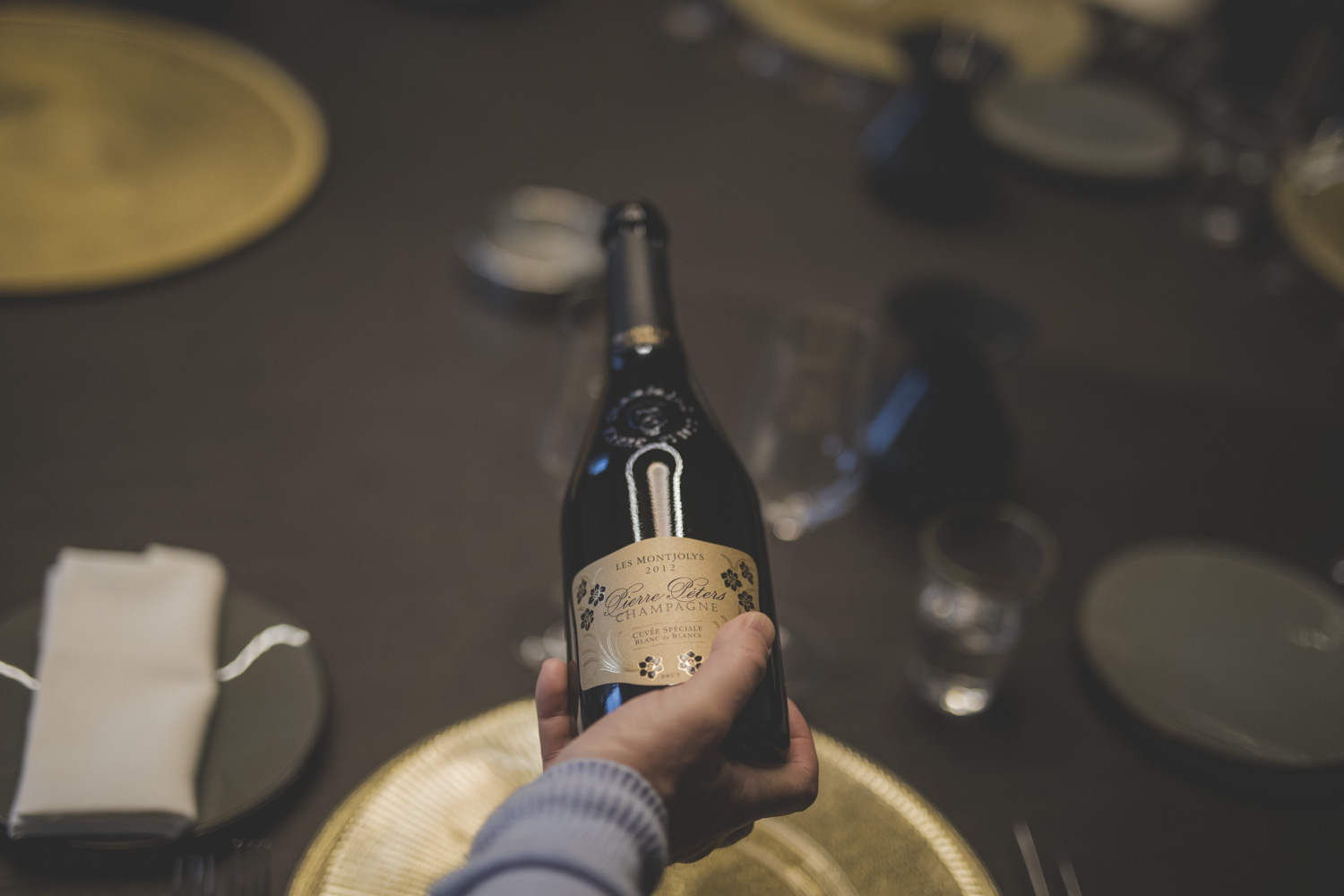
The Peters family have been making wine for just over 100 years, with sixth generation Rodolphe Peters at the helm since 2008. Tending just over 19ha located primarily in Le Mesnil-sur-Oger, with a few ha in Cramant and Avize, spread over 70 parcels. Rodolphe established the house’s perpetual reserve, or solera, while working under his father, blending all of the reserve wines dating back to 1988 together after the tricky 1997 vintage. They store this reserve in a mixture of stainless steel, concrete eggs and Stockinger oak, with each vessel shaping the wine differently. Their non-vintage cuvée consists of equal quantities of vintage and reserve wines from the solera. Whilst many growers have opted to produce single vineyard wines, Rodophe focuses on qualitative consistency of blends. There is one exception, produced from three parcels of massal selection Chardonnay that they own in Les Chétillons. In this wine Peters discards the very first juice, fermenting a small, pure and high acid must block-by-block in stainless steel. Previously labelled as Cuvée Speciale and now labelled with the vineyard name, the secret about this seriously special wine is certainly out among Champage nuts. As William Kelley puts it so beautifully, “it exemplifies the greatness of Chardonnay in the Côte des Blancs.”

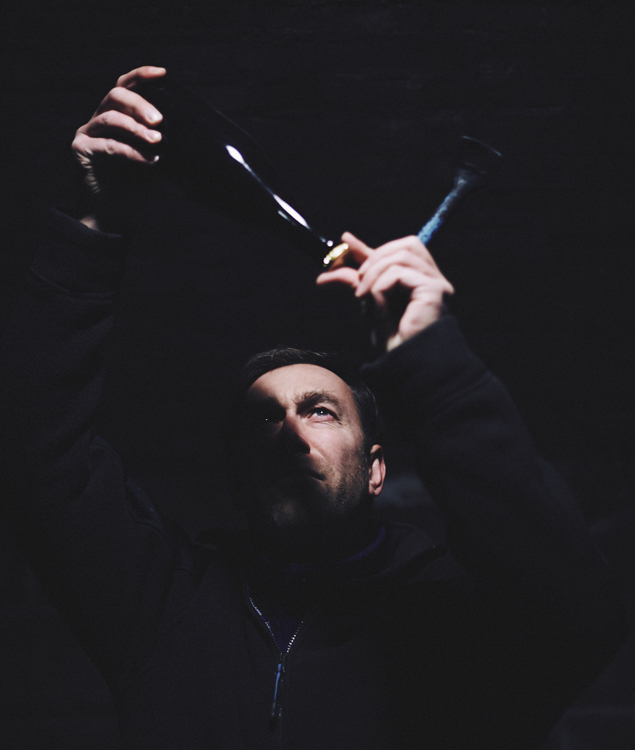
Olivier Collin only started Ulysse Collin in 2004, taking back the leased 4.5ha of family-owned vineyards through a court case in 2003. The stratospheric rise of the wines in just under two decades is emblematic of the quality-led desire for this new breed of Champagne producer. An obsessive, terroir-driven man, farming is extremly important for this domaine, based in the Côte des Blancs. The wines are single vineyard with a single vintage base - unsurprisingly Burgundy is Olivier's inspiration. Chardonnay inevitably leads production, though the cuvées are more focused on their lieu-dits than the varieties used. Vinification and maturation take place in oak, and dosage levels are low, typically below 2g/l. Varied disgorgement dates and ageing in bottle have added to a range of wines that are distinct and expressive. William Kelley states these are "among the very best being produced in contemporary Champagne" which are "as profound as they are ambitious." Ulysse Collin is now one of the most recognised and coveted names in all Champagne.

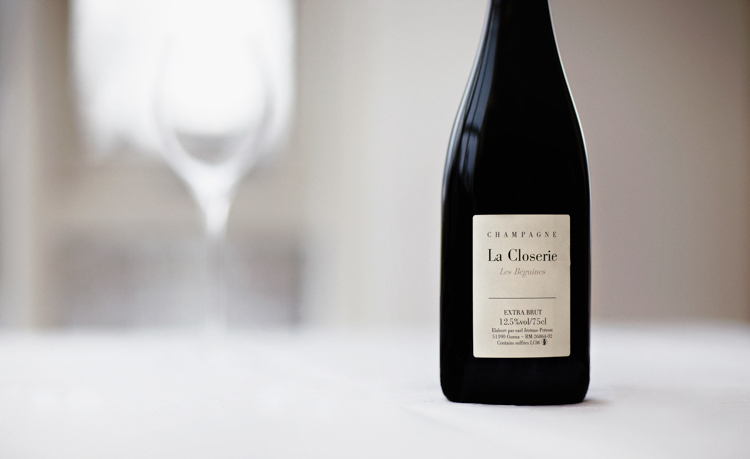
Jérôme Prévost started working 1.5ha of Meunier vines in 1987, but sold the fruit of his labour for a decade before making his own wines in mentor Anselme Selosse's cellar froom 1997. From 2004 he started making wines in a makeshift converted garage behind his house, before finally moving to a state-of-the-art and eco-driven winery in 2018. There are now still only 2.2ha of vines, planted in the 1960s from massal selections. Vinification and maturation are in a mixture of barrels (some new), ranging from 225 to 600 litres in size. He typically ages the wines on their lees for less than two years, and bottles with a low dosage of 2g/l. These wines benefit from bottle age, typically opening up after five years in bottle.
